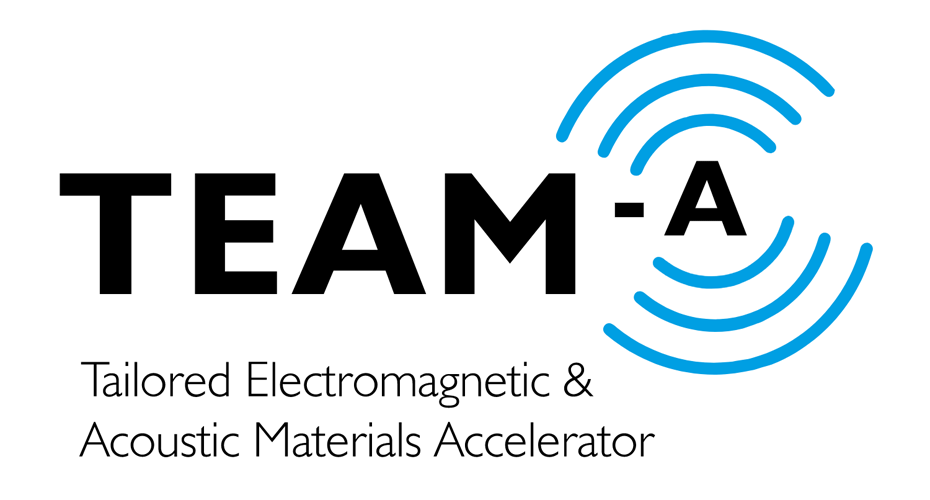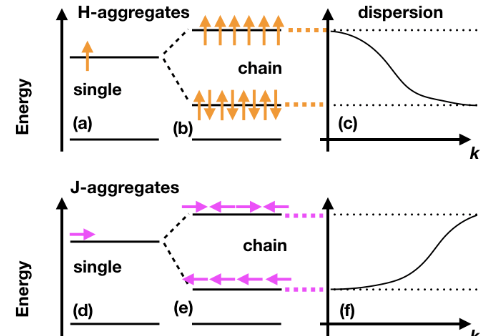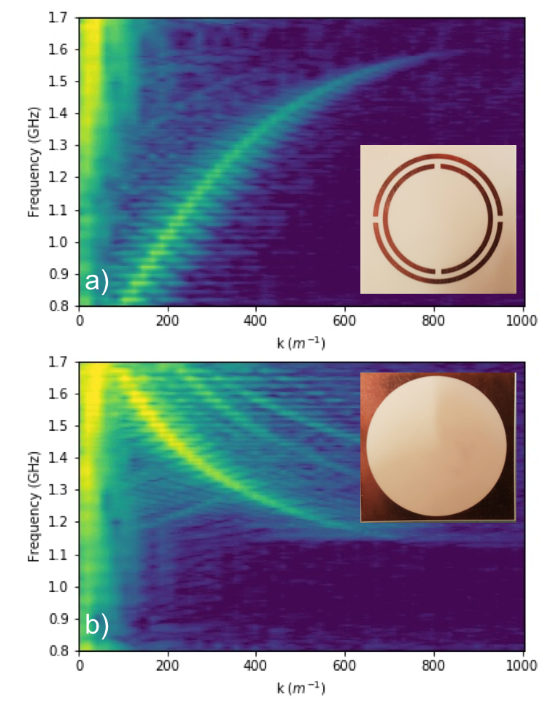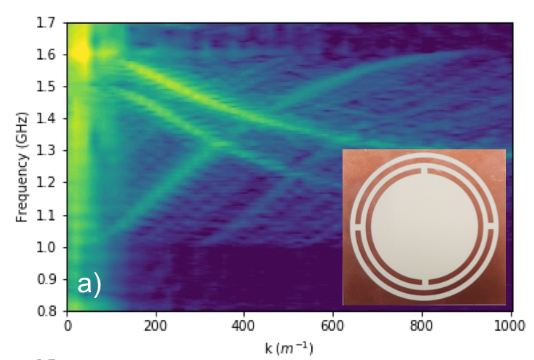Email us

Molecular Aggregate
Author: Dr Ian Hooper (University of Exeter Senior Postdoctoral Research Fellow)
It seems natural to expect the optical properties of materials to be determined solely by the properties of their constituent atoms or molecules, however this is often not the case. Frequently the interactions between atoms or molecules can become significant, and in some cases dominate the overall behaviour of the material. One class of materials where this behaviour is evident are molecular aggregates (long chains of molecules that are bound together by intermolecular forces); the optical properties of these aggregates are largely governed by the collective excitations of the molecules that make up the chains rather than those of the constituent elements. Understanding these interactions, and their influence on the optical properties of aggregates, is very important since in nature they are employed in photosynthetic light harvesting structures [1,2], whilst synthetic aggregates are being developed for next-generation molecular sensors [3] and magnets [4].
Molecular aggregates can be split into two categories; J-aggregates form chains in which the dipole moments of the individual molecules are aligned longitudinally, whilst H-aggregates have their dipole moments aligned transversely. Importantly, the collective modes for each case behave very differently, with the “dispersion” of the modes being opposite for the two cases (see figure 1). Additionally, the details of any disorder or symmetry in the chains is vital in determining their optical properties, but these have been hard to investigate experimentally since it is extremely difficult to probe the spatial characteristics of the aggregates at the single molecule level.
To overcome these limitations, Postgraduate Researcher Milo Baraclough has been developing microwave analogues of molecular aggregates with the aim of studying their properties in a more controlled environment [5]. By developing artificial resonant “meta-atoms” that, when ordered into long chains, couple together via their individual dipole moments (either longitudinally or transversely), the characteristic behaviours of both J- and H-aggregates have been successfully mimicked (see figure 2). Interestingly, using such artificial systems one can go further and create new classes of aggregate-like systems that are not seen in nature. For example, by combining the two meta-atom designs used to mimic the J- and H-aggregate behaviours, the researchers have demonstrated an artificial aggregate that exhibits both behaviours simultaneously (see figure 3).
These initial studies have confirmed the potential for using artificial systems to mimic molecular behaviour, opening a rich playing field for further investigations that might help illuminate the underlying physical processes in these complex systems.
References:
[1] McDermott, G.; Prince, S. M.; Freer, A. A.; Hawthornethwaite-Lawless, A. M.; Papiz, M. Z.; Cogdell, R. J.; Isaacs, N. W. Crystal structure of an integral membrane light-harvesting complex from photosynthetic bacteria. Nature, 1995, 374, 517–521.
[2] Qian, P.; Siebert, C. A.; Wang, P.; Canniffe, D. P.; Hunter, C. N. Cryo-EM structure of the Blastochloris viridis LH1-RC complex at 2.9 A. Nature, 2018, 556, 203–207.
[3] Gao, M.; Tang, B. Z. Fluorescent Sensors Based on Aggregation-Induced Emission: Recent Advances and Perspectives. ACS Sensors, 2017,2, 1382–1399.
[4] Nguyen, T. N.; Wernsdorfer, W.; Shiddiq, M.; Abboud, K. A.; Hill, S.; Christou, G. Supramolecular aggregates of single-molecule magnets: exchange-biased quantum tunneling of magnetization in a rectangular [Mn3]4 tetramer. Chemical Science, 2016, 7, 1156–1173.
[5] Baraclough, M.; Seetharaman, S. S.; Hooper, I. R.; Barnes, W. L. Metamaterial Analogues of Molecular Aggregates, ACS Photonics, 2019, 6, 3003−3009

Figure 1. H-aggregates (a-c) involve transverse dipole moment coupling. The highest energy state occurs when all molecules have their dipole moments aligned (corresponding to a zero wavenumber state), whilst the highest wavenumber state occurs when adjacent molecules are anti-aligned. J-aggregates (d-f) involve longitudinal coupling. The highest energy state occurs when all molecules have their dipole moments anti-aligned (corresponding to the highest wavenumber state), whilst the zero wavenumber state occurs when adjacent molecules are all aligned. The collective modes thus exhibit opposite dispersion characteristics as a function of mode wavenumber.

Figure 2. The collective modes supported by long chains of meta-atoms (designs inset) were excited using a near-field antenna. For each frequency the electric field strength as a function of position along the chain was measured using a near field probe and were subsequently Fourier transformed in order to determine the amplitude of each wavevector component. By plotting these amplitudes for each wavevector and frequency, the dispersion characteristics of the supported modes can be established. a) A chain of meta-atoms consisting of metallic split-ring structures supports a mode exhibiting J-aggregate-like dispersion characteristics as in Fig. 1(f), b) a chain of metallic frames supports a mode exhibiting H-aggregate-like dispersion characteristics as in Fig. 1(c).

Figure 3. A chain of meta-atoms combining both the frame and split-ring structures can exhibit both J- and H-aggregate dispersion characteristics simultaneously.
